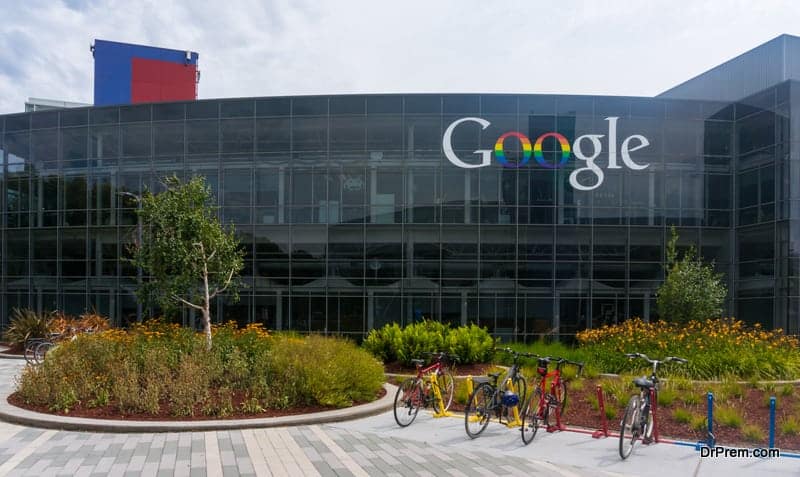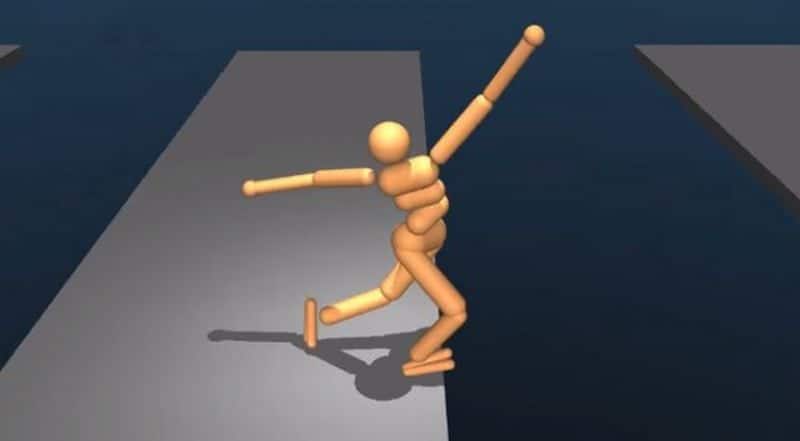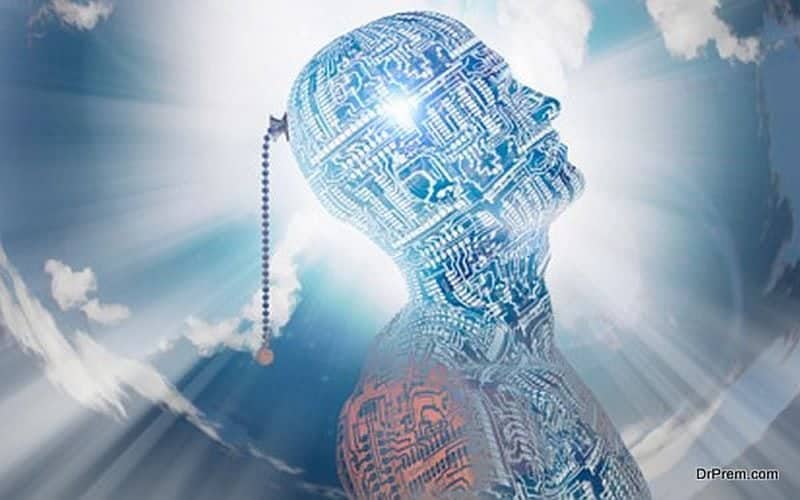Every advance in AI fills us with excitement as well as trepidation. AI is inching closer to human intelligence day by day. All those movies made showing humans being overpowered by AI in the form of cyborgs and robots make us a little apprehensive of all the developments in this field. Granted, the potential for huge leaps in science and medicine will be possible with AI development, but does AI have to take over our creativity too? An AI entity with the power to think and create will be a formidable one. Recently, Google’s DeepMind scientists have been able to create an AI which can predict a new angle of a scene on its own, with just one look at a particular scene. This could lead to the production of more autonomous robots in factories and industries.
What is Google’s DeepMindlatest development?
 Google acquired the company DeepMind in 2014. Now, DeepMind researchers have devised an artificial intelligence system which can ‘learn’ the 3D layout of a particular space, without the aid of human supervision. The developers have named this system GQN or Generative Query Network. To get an idea of the new development, think of it as when you look at a room, you also subconsciously have a pretty good idea of what it looks like from the other side. Now,GQN AI can do that too, for a 3D computer image.
Google acquired the company DeepMind in 2014. Now, DeepMind researchers have devised an artificial intelligence system which can ‘learn’ the 3D layout of a particular space, without the aid of human supervision. The developers have named this system GQN or Generative Query Network. To get an idea of the new development, think of it as when you look at a room, you also subconsciously have a pretty good idea of what it looks like from the other side. Now,GQN AI can do that too, for a 3D computer image.
How it works?
At first, the AI developed by Google’s DeepMind is trained to predict simple scenes, which are computer generated and have different types of object and lighting arrangements. It can be then exposed to a host of multiple images of a completely new environment. The major development is that it the AI can predict accurately what the room looks like from any angle inside the room. This human like behavioris however, not processed in the same way as the human brain does. In the human brain, perception is caused by the hyperconnected perceptual regions of the brain. The GQN learns and then processes properties like size, color and shape separately and assimilates data into an understandable, cohesive ‘view’ of spatial arrangement.
Difference between human perception and GQN
 Human and animals have a very different and rich understanding of the surrounding visual world. We have a depth of understanding in terms of lighting, geometry, objects etc. This capacity of humans is developed as an innate, instinctive knowledge as well as unsupervised learning. The motivation behind Google’s DeepMind research is to devise a way to allow AI systems to view the world in a manner similar to humans.
Human and animals have a very different and rich understanding of the surrounding visual world. We have a depth of understanding in terms of lighting, geometry, objects etc. This capacity of humans is developed as an innate, instinctive knowledge as well as unsupervised learning. The motivation behind Google’s DeepMind research is to devise a way to allow AI systems to view the world in a manner similar to humans.
The AI can dream a complete world based on just one single photo. It has taught itself to find any angle in a space/ image it has seen just once. The great achievement is the system’s human like behavior, i.e. it can visualize what a particular image would look like in 3D, after it has seen only the 2D version.
The CEO of DeepMind, DemisHassabis, announced this incredible breakthrough. The researchers at DeepMind were able to train the AI to learn about the environment just by glancing/looking around it. This is a completely different approach, as usually, researchers manually label the data and feed that slowly to the AI.
So what exactly can GQN do?
GQN can imagine a 3D representation of a 2D image it has previously seen. It taught itself to even move around the imagined 3D space. As it moves, it can continuously make predictions about the space it has imagined, working out the changing algorithms as it moves its ‘vision’ or ‘head’. It does this in a controlled and precise manner. Google’s DeepMind researchers discovered that networks like GQN, which are sufficiently deep neural networks, can learn about occlusion, perspective and lighting, without the help of any human intervention. The engineers were amazed by this new and unexpected finding.
To generate the complete 3D scenes, GQN makes use of two components. The first one handles the representation as well as encodes the 3D scene within the static image into vector, which a mathematical form. The second component, uses the vectors to imagine the different viewpoint in the image on its own. DeepMind’shuman AI prototype can therefore understand spatial relationships, just as humans can.
The future of GQN
 This ability which the GQN networks have developed is important as otherwise AI or robots tend to freeze up with limited information. This could be as simple as something which is hidden from view. Now, GQN robots can imagine the layout of any room without making illogical choices. Although more data is required, and the hardware has to be improved, these networks have led to the possibility of more such self-learning AI to be developed.
This ability which the GQN networks have developed is important as otherwise AI or robots tend to freeze up with limited information. This could be as simple as something which is hidden from view. Now, GQN robots can imagine the layout of any room without making illogical choices. Although more data is required, and the hardware has to be improved, these networks have led to the possibility of more such self-learning AI to be developed.
Have you ever wondered how AIs learn?
We’ve all heard about artificial ‘intelligence’ but do we really know why they are ‘intelligent’? What sets them apart from other machines? Well, just like humans, AI also has an ‘Artificial Neural Network’, which tries to simulate the working of the brain, in order to learn.
ANNs are trained by scientists to recognize speech, visual, text patterns. This is the basis for new developments over the years. Conventional AI has to be fed large amounts information in order to ‘learn’ any algorithm. Practical examples of ANNs are the translation services offered by Google, Snapchat’s live filters which alter images and Facebook’s face recognition software.
How do bots learn from one another?
 Unlike Google’s DeepMind recent GQN, usually the process of inputting data into artificial networks is time consuming and limited to only one kind of knowledge. But some new ANNs, called Adversarial Neural Networks pits two AI bots against one another, which lets them learn from one another. This approach was designed to speed the learning process and refining the AI system’s output.
Unlike Google’s DeepMind recent GQN, usually the process of inputting data into artificial networks is time consuming and limited to only one kind of knowledge. But some new ANNs, called Adversarial Neural Networks pits two AI bots against one another, which lets them learn from one another. This approach was designed to speed the learning process and refining the AI system’s output.
Google’s DeepMind has brought AI many steps to the future. The human AI prototypeis not perfect yet, but the day is not far when we would have AI which can actually think just as humans do.





